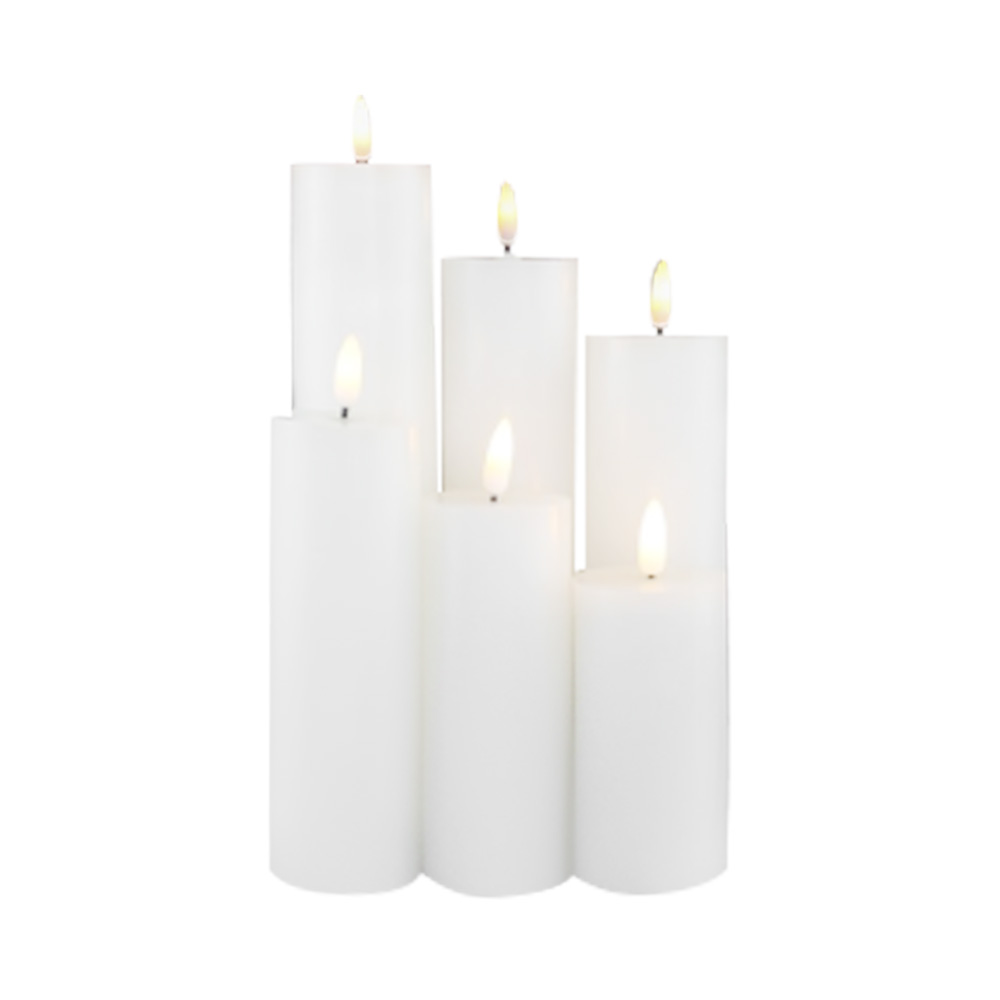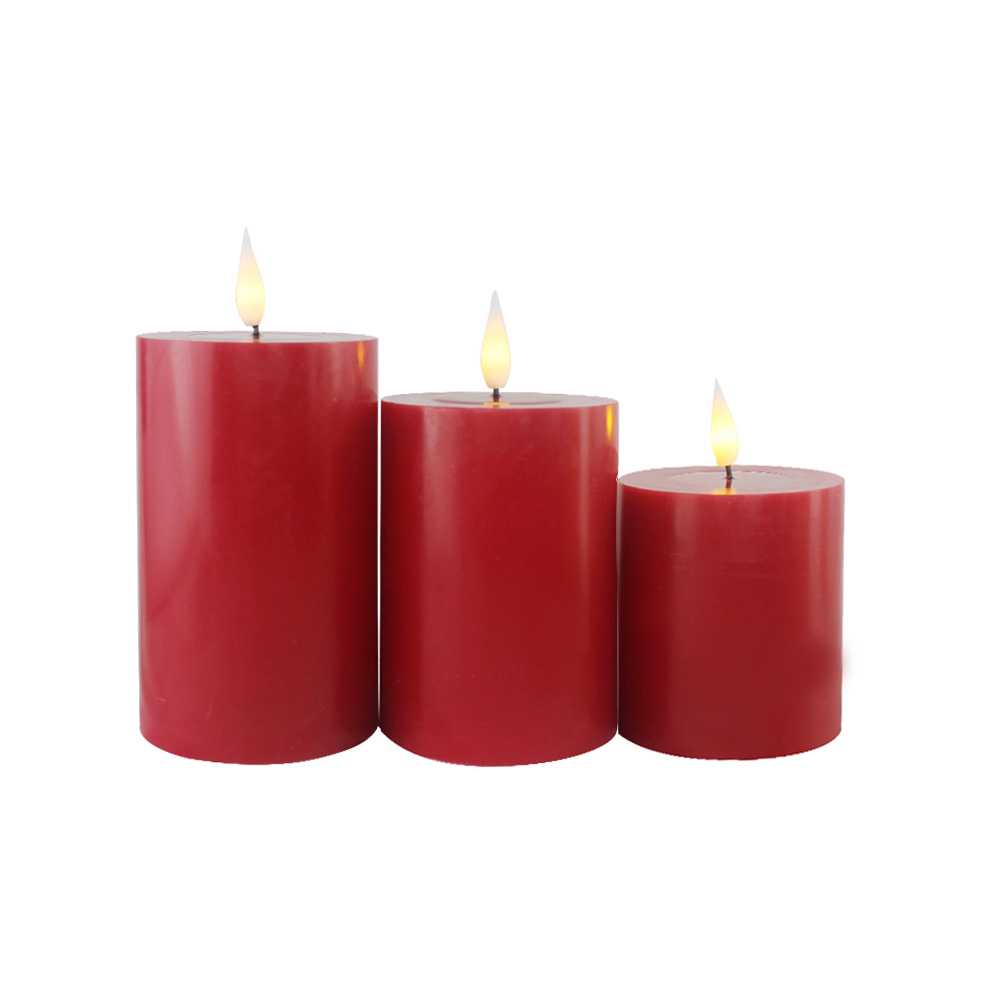How impact-resistant and breakage-resistant is the LED glass lamp?
Introduction to LED Glass Lamps
LED glass lamps have become increasingly popular due to their energy efficiency, aesthetic appeal, and longevity. They are used in various settings, including homes, offices, and public spaces. These lamps combine the benefits of LED technology, such as low power consumption and long lifespan, with the elegance and transparency of glass. However, one of the critical factors in assessing the performance of LED glass lamps is their durability, particularly their resistance to impact and breakage. This article explores how impact-resistant and breakage-resistant LED glass lamps are, taking into account the materials used, design considerations, and common challenges faced in maintaining their integrity.
The Construction of LED Glass Lamps
LED glass lamps typically consist of two main components: the LED light source and the glass body that houses or encases the LED. The LED itself is a semiconductor device that emits light when an electrical current passes through it. Glass, on the other hand, is used to encase or protect the LED while also allowing light to pass through. The combination of these two materials creates a functional yet visually appealing product. The glass is typically clear, frosted, or tinted, depending on the design and desired lighting effect. The glass can be either molded, blown, or manufactured in sheets and shaped to suit various lamp styles.
Impact-Resistance of LED Glass Lamps
Impact resistance refers to the ability of a material to withstand sudden force or shock without breaking or sustaining significant damage. In the context of LED glass lamps, impact resistance is an important consideration because these lamps are often exposed to potential knocks, bumps, or drops, especially in high-traffic areas like living rooms, kitchens, or office spaces. The level of impact resistance in LED glass lamps depends on the type of glass used, the thickness of the glass, and the design of the lamp itself.
Types of Glass Used in LED Lamps
Different types of glass are used in the construction of LED lamps, each offering varying degrees of impact resistance. Some of the most common types include:
- Tempered Glass: This is a type of safety glass that has been heat-treated to increase its strength. Tempered glass is more resistant to impact than standard glass, and if it does break, it shatters into small, blunt pieces rather than sharp shards, reducing the risk of injury.
- Laminated Glass: Laminated glass consists of two or more layers of glass with an interlayer of plastic, typically polyvinyl butyral (PVB). This type of glass is highly resistant to impact and does not shatter easily, as the interlayer holds the pieces together if the glass breaks.
- Gorilla Glass: Often used in consumer electronics, Gorilla Glass is a brand of strengthened glass known for its exceptional durability and resistance to scratches and impacts. While more commonly found in smartphone screens, it can also be used in LED lamps for added impact resistance.
- Standard Glass: Traditional glass, while still offering some durability, is less resistant to impact and is more likely to break under stress. However, its cost-effectiveness makes it a common choice for lower-end LED glass lamps.
Design Considerations for Impact Resistance
In addition to the type of glass used, the design of the lamp itself plays a significant role in determining how impact-resistant the LED glass lamp will be. Several design factors influence a lamp’s ability to withstand impact, including:
- Shape of the Lamp: Rounded or curved designs are generally more resistant to breaking when compared to sharp, angular designs. This is because rounded edges are less likely to concentrate stress at a single point, making them less prone to cracking or shattering.
- Thickness of Glass: Thicker glass is inherently more resistant to impacts than thinner glass. However, thicker glass may add weight to the lamp, which can affect the overall design and functionality.
- Reinforcements: Some LED glass lamps include reinforced areas, such as metal frames or additional support structures, to protect the glass from impact. These reinforcements can help absorb shocks and reduce the likelihood of breakage.
- Sealing and Protective Coatings: Some lamps are designed with additional protective coatings, such as tempered or frosted layers, which can improve their durability. These coatings can provide extra resistance to scratches, chips, and cracks, making the lamp more resilient to everyday wear and tear.
Breakage Resistance of LED Glass Lamps
Breakage resistance refers to the ability of a material to resist cracking or shattering under pressure or impact. While impact resistance deals with how a material behaves when subjected to sudden force, breakage resistance focuses on the material's ability to maintain its structural integrity over time, even when exposed to gradual stress or environmental factors. In LED glass lamps, breakage resistance is also influenced by the glass material, the thickness of the glass, and the overall design, but other factors, such as temperature fluctuations and prolonged exposure to sunlight, can also contribute to the risk of breakage.
Factors Affecting Breakage Resistance
Several factors contribute to the breakage resistance of LED glass lamps, including environmental conditions, the type of glass, and the lamp's usage. These factors can either increase or decrease the likelihood of the lamp breaking over time:
- Temperature Fluctuations: Glass is sensitive to rapid changes in temperature, which can cause it to expand and contract. Over time, repeated exposure to such fluctuations may weaken the glass, increasing the risk of breakage. This is especially true for thin or untreated glass, which may crack or shatter when exposed to extreme temperature changes.
- UV Exposure: Continuous exposure to ultraviolet (UV) rays from the sun can degrade certain types of glass over time, making it more brittle and prone to breakage. To mitigate this, some LED glass lamps are designed with UV-resistant coatings that protect the glass from long-term damage.
- Weight and Stress: The weight of the lamp itself, as well as the stresses placed on it by external factors such as hanging or mounting, can contribute to the risk of breakage. Overloading or improperly securing the lamp can cause undue stress on the glass, potentially leading to cracks or breaks.
- Handling and Maintenance: Frequent handling, cleaning, or moving of the lamp can also increase the risk of breakage, particularly if the glass is thin or fragile. Careful handling during installation and cleaning is essential to maintaining the lamp's integrity.
Testing and Standards for LED Glass Lamp Durability
Manufacturers of LED glass lamps often conduct various tests to assess the durability of the glass and ensure it meets safety standards. These tests may include impact resistance tests, breakage resistance tests, and exposure to temperature fluctuations or UV radiation. In many countries, there are industry standards and certifications that set the minimum requirements for the strength and durability of lighting products. These standards are designed to ensure that lamps are safe for use and will not pose a risk of injury due to breakage or failure. Common tests include:
- Impact Test: In this test, the lamp is subjected to a controlled impact to assess how well the glass holds up under sudden pressure. The results determine the lamp's impact resistance and help categorize the type of glass used.
- Drop Test: The lamp is dropped from a specified height to evaluate its breakage resistance and ability to withstand external shocks.
- Thermal Shock Test: This test subjects the lamp to rapid temperature changes to determine its resistance to cracking or breaking under extreme conditions.
Advantages of Impact and Breakage Resistance in LED Glass Lamps
LED glass lamps that are both impact-resistant and breakage-resistant offer several advantages, including increased safety, longer lifespan, and reduced maintenance costs. For example, in commercial or high-traffic areas, a durable lamp can withstand accidental bumps or falls without breaking, reducing the need for frequent replacements. Additionally, breakage-resistant lamps are less likely to pose safety hazards to individuals in the vicinity, as shattered glass can lead to injuries. The longevity of the lamp is also improved, as it is less susceptible to damage caused by everyday wear and tear or environmental conditions.
Challenges in Achieving Optimal Durability
Despite the many advancements in materials and design, achieving the ideal balance of impact resistance and breakage resistance in LED glass lamps is still a challenge. Manufacturers must carefully select materials and design the lamp to ensure durability while maintaining aesthetic appeal. The cost of materials, such as tempered or laminated glass, can also increase the overall price of the lamp, which may affect its affordability for consumers. Additionally, not all consumers are aware of the importance of durability when purchasing LED glass lamps, leading to an underappreciation of the value of impact and breakage resistance in these products.
Durability Comparison Table
| Type of Glass | Impact Resistance | Breakage Resistance | Cost |
|---|---|---|---|
| Tempered Glass | Moderately high | High | Moderate |
| Laminated Glass | High | Very high | High |
| Gorilla Glass | Very high | High | High |
| Standard Glass | Low | Low | Low |

Ningbo Weizhi Electronics Co., Ltd.
- We will be pleased to provide products with high quality, reasonable price, punctual delivery and best service for you!
GET A QUOTE
No.16, Zhuangqiao Loujia Xinqiao 3rd Road, Jiangbei District, Ningbo china
-
 +86-18067520996
+86-18067520996
-
 +86-574-86561907
+86-574-86561907
-
 +86-574-86561907
+86-574-86561907
-
 [email protected]
[email protected]
Copyright 2024 Ningbo Weizhi Electronics Co., Ltd. All Rights Reserved.




 English
English Deutsch
Deutsch







